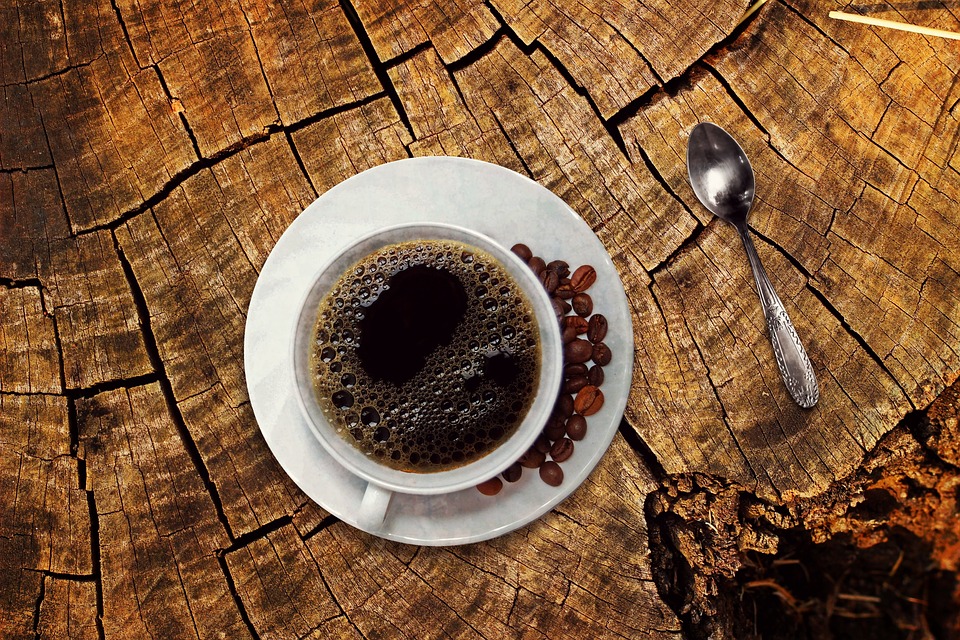Coffee—more than just a beverage, it’s a ritual, a source of comfort, and a creative outlet. For many, the morning doesn’t truly start until they’ve savored that first sip of a perfectly brewed cup. Crafting the ideal cup of coffee is both an art and a science, merging the right techniques with personal intuition. Here, we explore the essential elements that will elevate your coffee-making experience to a new level.
1. Selecting Quality Beans
Everything begins with the coffee beans. Opt for high-quality, freshly roasted beans as they lay the foundation for your brew. Look for single-origin beans that offer unique flavor profiles influenced by their geographical origins. Some popular varieties include:
- Ethiopian Yirgacheffe: Known for its floral and fruity notes, with a wine-like acidity.
- Colombian Supremo: Balanced with a medium body and bright acidity, often featuring caramel-like sweetness.
- Sumatra Mandheling: Typically bold and earthy, with notes of chocolate and a low acidity.
Whenever possible, buy whole beans and grind them just before brewing to unlock their full potential.
2. Mastering the Grind
The grind size significantly impacts extraction, which in turn affects the flavor of your coffee. The general rule is: the coarser the grind, the longer the brew time; the finer the grind, the shorter the brew time. Here’s a quick reference:
- Coarse: French press, cold brew.
- Medium: Drip coffee makers, AeroPress.
- Fine: Espresso machines.
Investing in a good burr grinder will allow for more consistent grinds, enhancing your brew’s quality.
3. Measuring Your Coffee
Precision is critical in coffee-making. The standard coffee-to-water ratio is typically 1:15 or 1:16, meaning one gram of coffee for every 15 to 16 grams of water. However, personal preference plays a role. Use a digital scale for accurate measurements to ensure you achieve your desired strength.
4. The Art of Brewing
Different brewing methods highlight distinct characteristics of the coffee. Here’s a brief overview of popular techniques:
-
French Press: This method allows for full immersion, resulting in a rich, robust flavor. Add coarsely ground coffee and hot water, steep for about 4 minutes, and then press down the plunger.
-
Pour-Over: Utilizing a coffee cone, this method encourages control over the brewing process. Slowly pour hot water in a circular motion, extracting the coffee’s essential oils and flavors.
-
Espresso: For those who love a concentrated shot of coffee. Pack finely ground coffee into a portafilter and force hot water through at high pressure. This results in a small, robust cup with a layer of crema.
- Cold Brew: An increasingly popular option, cold brew involves steeping coarsely ground coffee in cold water for 12-24 hours. The result is a smooth, low-acid coffee ideal for warm weather.
5. Water Quality and Temperature
Water is a key ingredient in coffee, and its quality should not be overlooked. Always use clean, filtered water free from impurities. The water temperature also plays a vital role; the ideal range is between 195°F and 205°F (90°C to 96°C). Water that’s too hot can scorch the coffee, while water that’s too cool can result in under-extraction.
6. Personal Touches: Milk, Sweeteners, and Flavors
Once you’ve mastered the basics, it’s time to get creative. If you prefer a creamier cup, consider experimenting with different types of milk, such as oat, almond, or traditional dairy. For sweeteners, try natural options like honey or agave syrup. Add a dash of cinnamon, vanilla, or cocoa powder to create distinctive flavors that reflect your personal tastes.
7. Enjoying the Brew
Finally, the most important step—enjoying your brew. Take the time to appreciate the aroma, flavor, and warmth of your coffee. Pair it with some quiet moments or with a book, and let the experience enrich your day.
Conclusion
Crafting the perfect cup of coffee is a journey of discovery. From selecting the right beans to mastering brewing techniques, each step invites you to explore the world of flavors that coffee has to offer. So, whether you’re a novice or a seasoned barista at home, embrace the brewing process and enjoy your brew-tiful beginnings!



